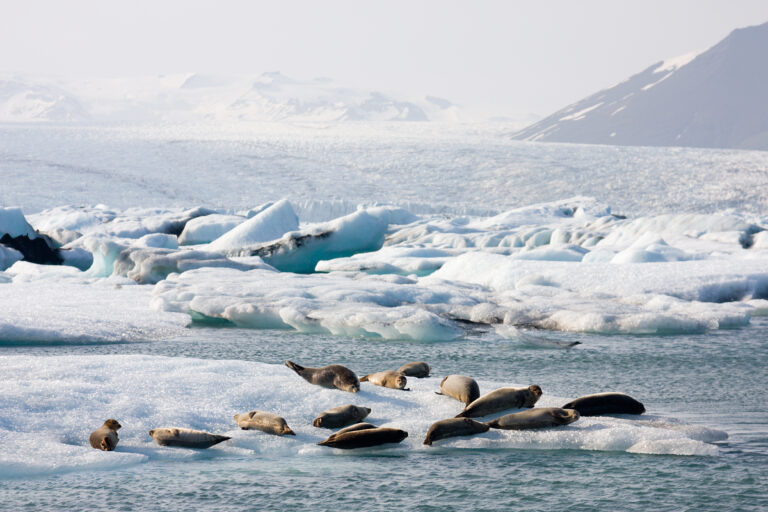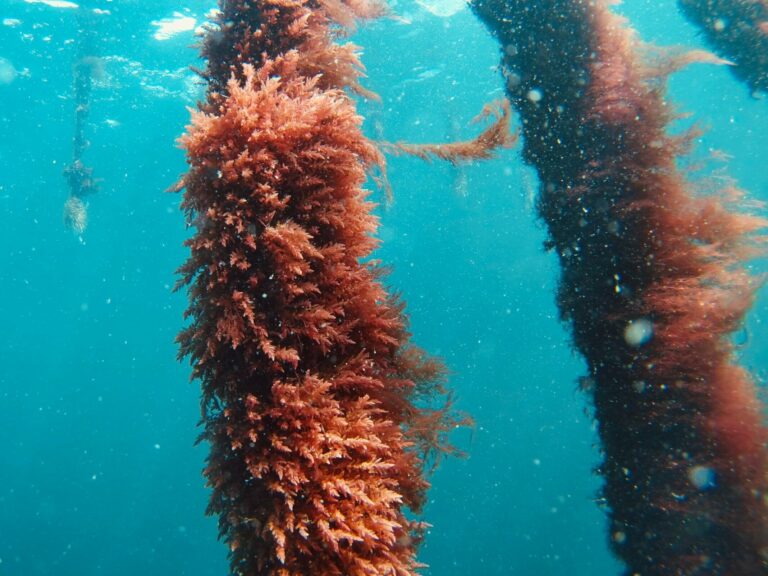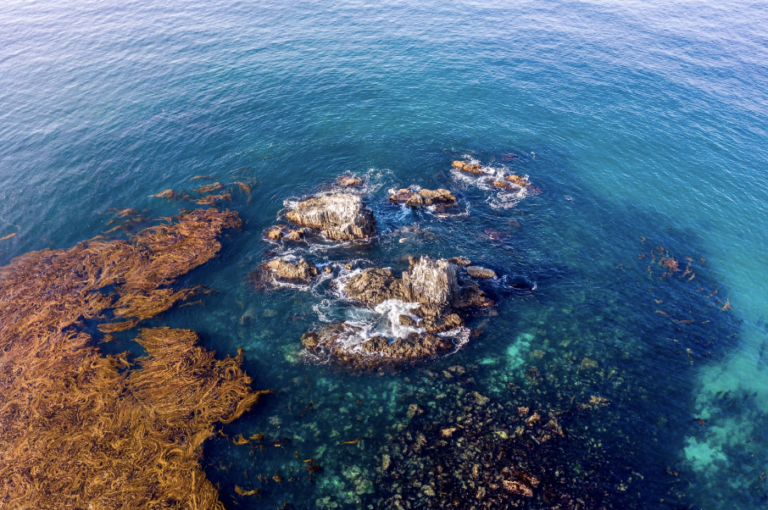As the impacts of climate change continue to escalate, finding sustainable and innovative solutions is crucial for safeguarding our planet’s future. In this blog post, we will delve into the concept of climate change, its implications, and the remarkable role that kelp plays in sequestering carbon. Discover how harnessing the power of kelp can pave the way for a more sustainable future and support our collective efforts to mitigate climate change.
Understanding Climate Change:
Climate change refers to the long-term alteration of temperature and weather patterns on Earth, primarily caused by human activities that release greenhouse gases into the atmosphere. These greenhouse gases, such as carbon dioxide (CO2), trap heat from the sun and contribute to the warming of the planet. The consequences of climate change include rising global temperatures, extreme weather events, melting ice caps, and disruptions to ecosystems.
Kelp: Nature’s Carbon Sequestration Superhero
Did you know that kelp, a type of seaweed, has the incredible ability to store significant amounts of carbon? In fact, it is estimated that seaweed, including kelp, stores around 175 million tonnes of carbon annually—equivalent to 10% of the emissions from ALL cars in the world! This astonishing fact positions kelp as a powerful tool in the fight against climate change.
Kelp’s Carbon Sequestration Potential
Kelp plays a vital role in carbon sequestration, surpassing the capabilities of terrestrial plants. Here’s why kelp is a climate champion:
- Rapid Growth and Photosynthesis: Kelp is a fast-growing marine plant that thrives in nutrient-rich waters. Through the process of photosynthesis, kelp absorbs CO2 from the surrounding water, converting it into biomass and oxygen. This efficient process enables kelp to sequester carbon at a far greater rate than trees.
- Carbon Storage and Longevity: Kelp forests, with their dense, towering structures, act as carbon sinks, effectively storing the carbon they capture. When kelp detaches and sinks to the ocean floor, the carbon is locked away for extended periods, contributing to long-term carbon sequestration.
- Ecosystem Support: Kelp forests provide critical habitats and nurseries for various marine species, fostering biodiversity and supporting the overall health of marine ecosystems. By protecting and restoring kelp forests, we not only combat climate change but also preserve vital marine habitats.
The fight against climate change requires innovative and nature-based solutions, and kelp stands out as a formidable ally in this endeavor. As we understand the impact of climate change and the urgent need to reduce carbon emissions, it is essential to explore and invest in sustainable practices such as kelp cultivation. By harnessing the power of kelp, we can significantly contribute to carbon sequestration, restore marine ecosystems, and pave the way for a more sustainable future. Together, let’s embrace the remarkable potential of kelp and make a positive impact on our planet’s health.



